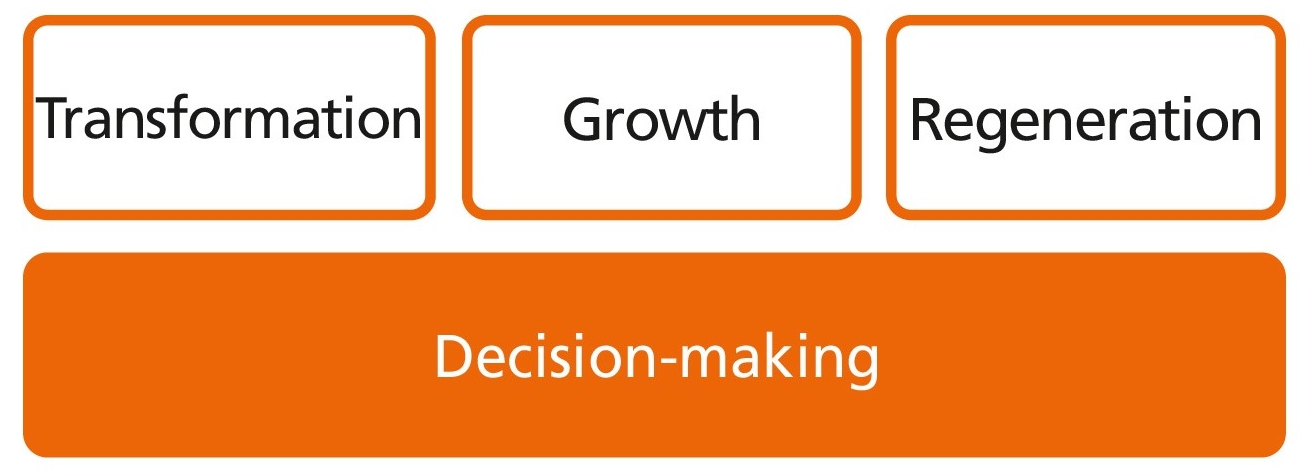What is the challenge?
The choice of location has an impact on the success of the company. However, site selection is a complex undertaking and requires the combination of a variety of information. The complexity of site selection increases in the context of digitization, as, for example, the labor cost factor becomes less significant due to the increasing automation of repetitive activities. In addition, new forms of employment such as mobile office are becoming possible, so that location decisions are changing with a view to attracting workers.



